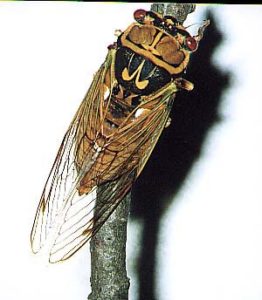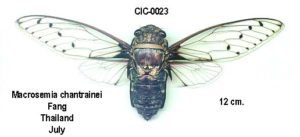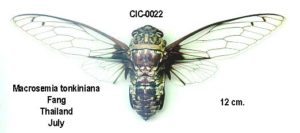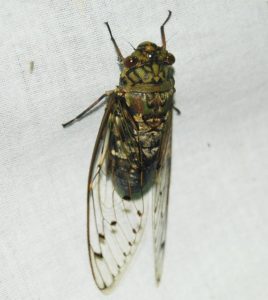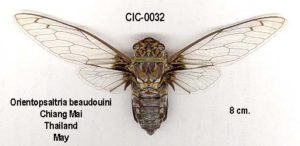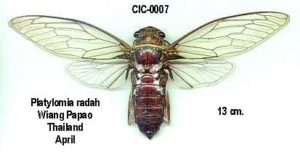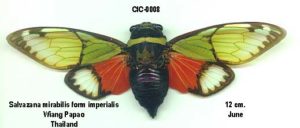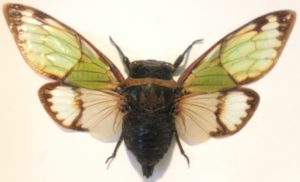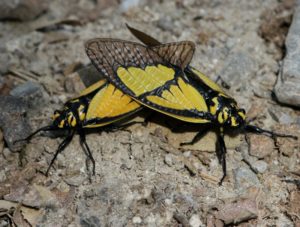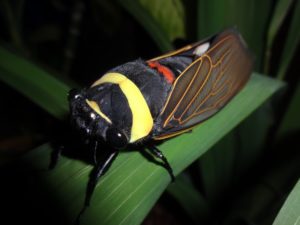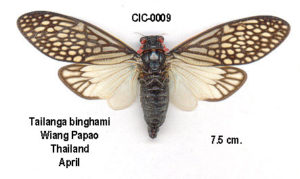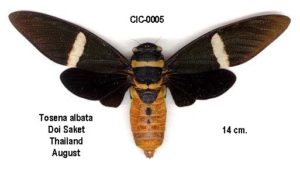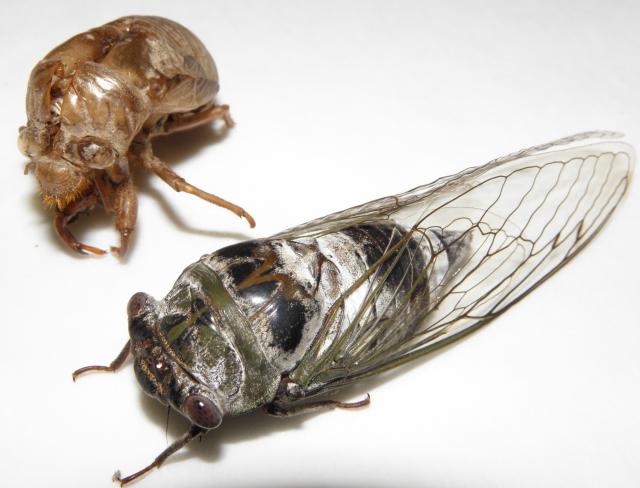Brood VII will return in 2035.
Update (June 17th): I just got back from Onondaga county and I can report that the emergence is in full swing. Lots of chorusing and mating. The best locations are around the Onondaga Nation reservation. If you visit, please do not trespass into the reservation — there are plenty of cicadas outside of it. John Cooley of Cicadas @ UCONN said there are also reports of cicadas in the Green Lakes State Park.
Here’s a video montage:
And a gallery:
Brood VII Magicicada septendecim 2018 Syracuse.
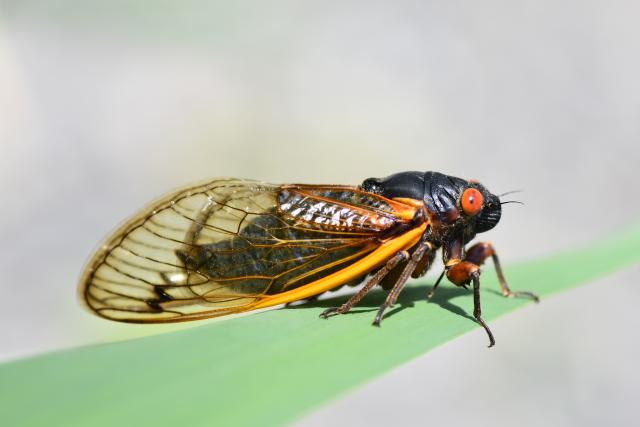
About Brood VII
Periodical cicadas (Magicicada septendecim, people call them “locusts”) will emerge in the Finger Lakes area of New York state in 2018.
This group of cicadas is called Brood VII (7) and is known as the Onondaga Brood. This brood is shrinking, and will likely be the next periodical cicada brood to go extinct
A pair of Magicicada septendecim:
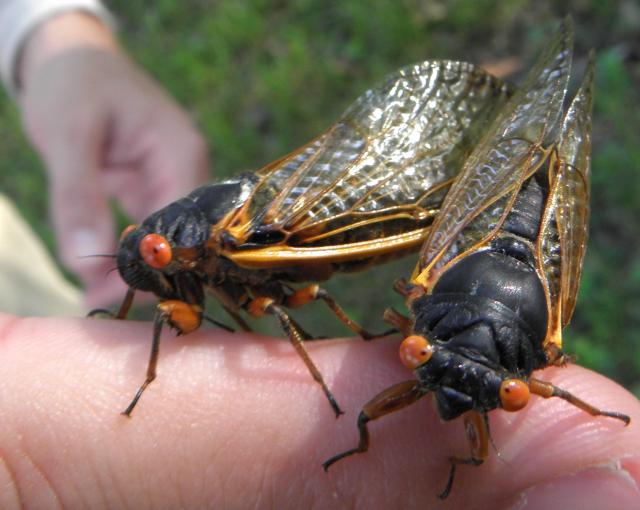
More details:
- What: Brood VII is the smallest periodical cicada brood in the U.S., and is isolated in the Finger Lakes area of New York State. Only one species of cicada belongs to the brood: Magicicada septendecim (click link for sounds, video). This cicada has a 17-year life cycle. Sadly, Brood VII will likely be the next Brood to go extinct.
- When: June, but perhaps May if it’s a very warm year. Magicicada cicadas typically emerge in the spring, once the soil underground where they live reaches approximately 64 degrees Faraihneght.
- Where: the Finger Lakes area of NY State.
- Where they appeared (last) in 2001: Onondaga and Livingston.
- The following counties have had these cicadas in the distant past: Cayuga, Livingston, Monroe, Onondaga, Ontario, Seneca, Steuben, Wyoming, York.
- The Onondaga Nation survived starvation one year by eating these cicadas
Further reading / viewing / listening:
- Brood VII on Cicadas @ UCONN (formerly Magicicada.org). Includes the best map.
- Learn more about Periodical Cicadas, including what to look for before they emerge and how to figure out if they’ll emerge in your town.
- Cicada Frequently Asked Questions
- Periodical cicada emergence checklist
- The 17 most interesting facts about 17 year cicadas
Papers about Brood VII
- The Historical Contraction of Periodical Cicada Brood Vii (Hemiptera: Cicadidae: Magicicada by John R. Cooley, David C. Marshall and Chris Simon. J. New York Entomol. Soc. 112(2—3):198—204, 2004.
- Decrease in Geographic Range of the Finger Lakes Brood(Brood Vii) of the Periodical Cicada (Hemiptera: Cicadidae: Magicicada Spp.) by Cole Gilbert and Carolyn Klass. J. New York Entomol. Soc. 114(1—2):78—85, 2006.
1907 Map Marlatt, C.L.. 1907. The periodical cicada. Washington, D.C. : U.S. Dept. of Agriculture, Bureau of Entomology.
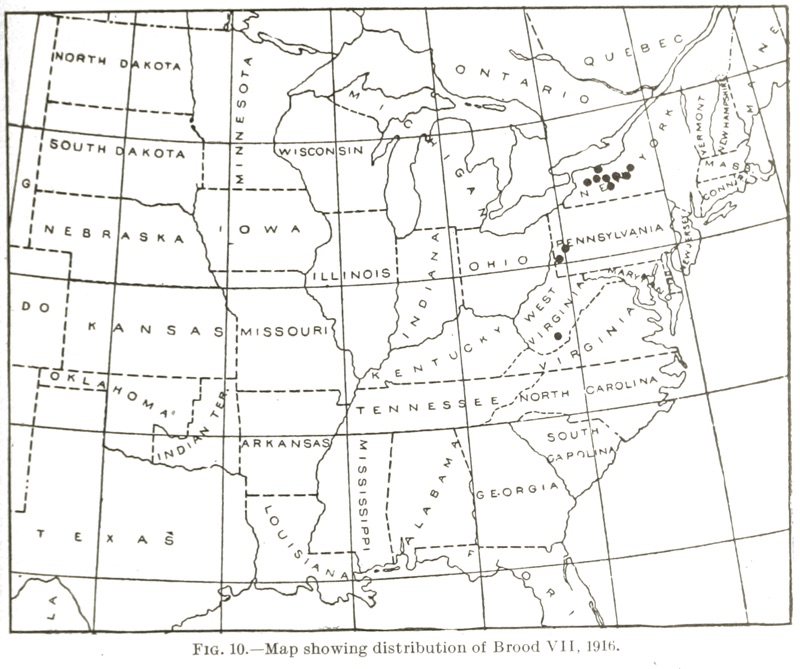

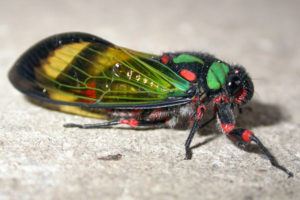
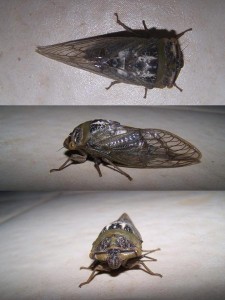
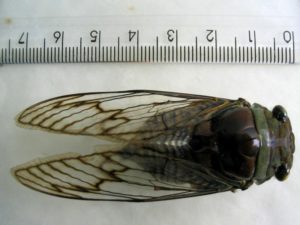
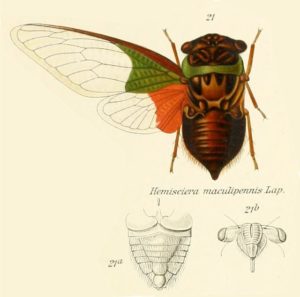
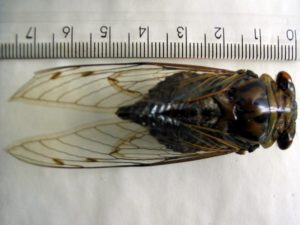
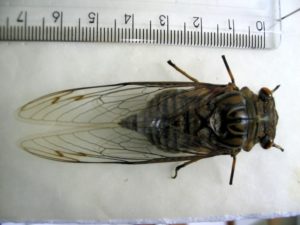
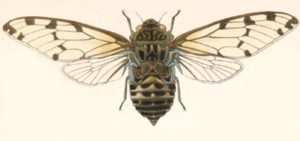
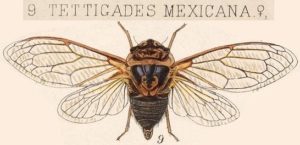
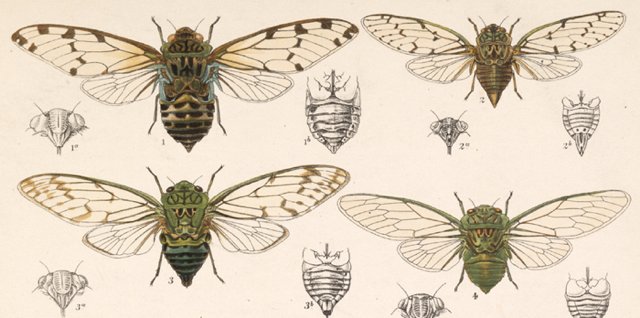
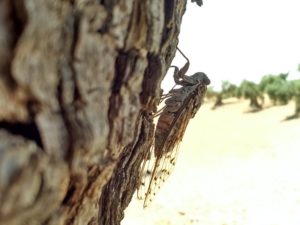
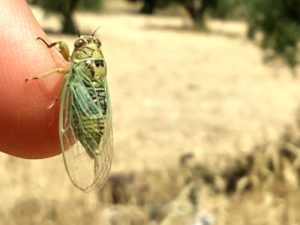
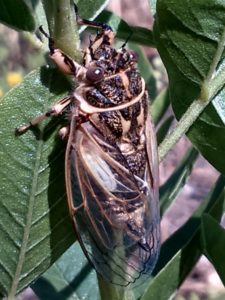
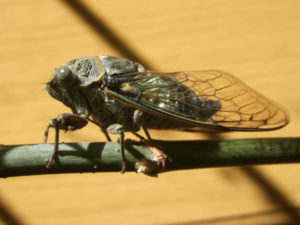
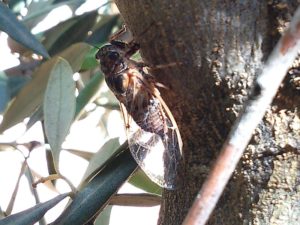
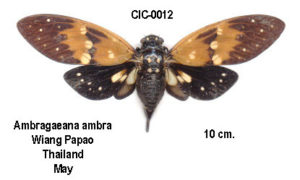

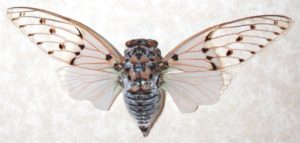
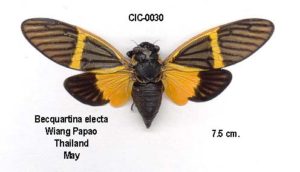
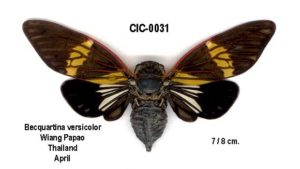
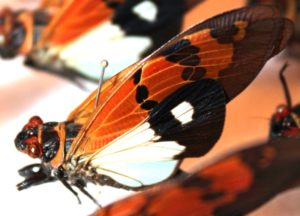
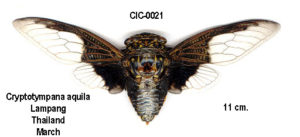
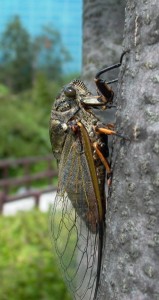
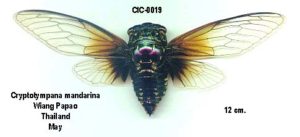
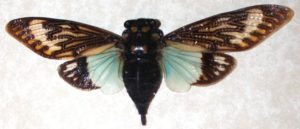
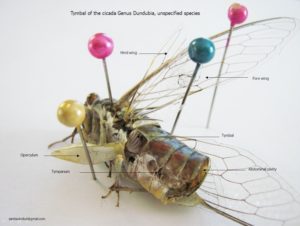
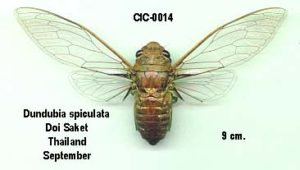
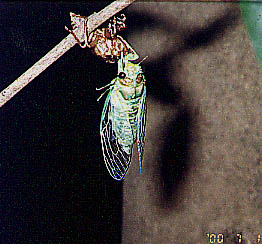
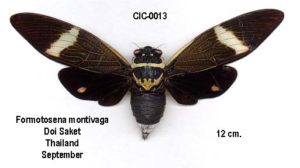
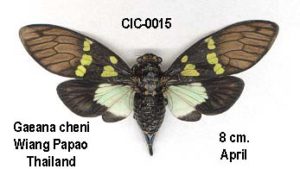
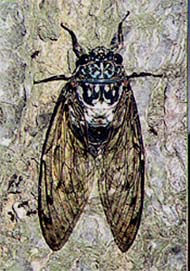 Hyalessa maculaticollis maculaticollis
Hyalessa maculaticollis maculaticollis 
